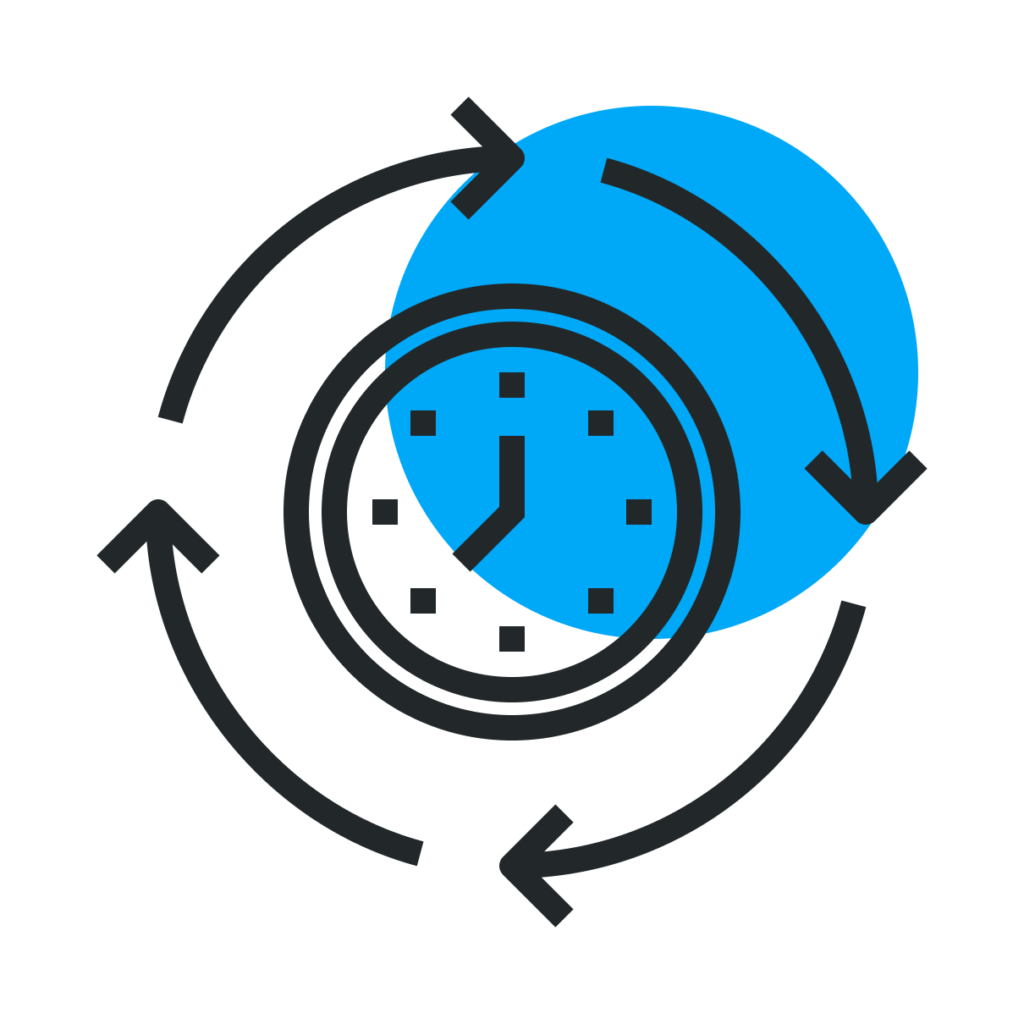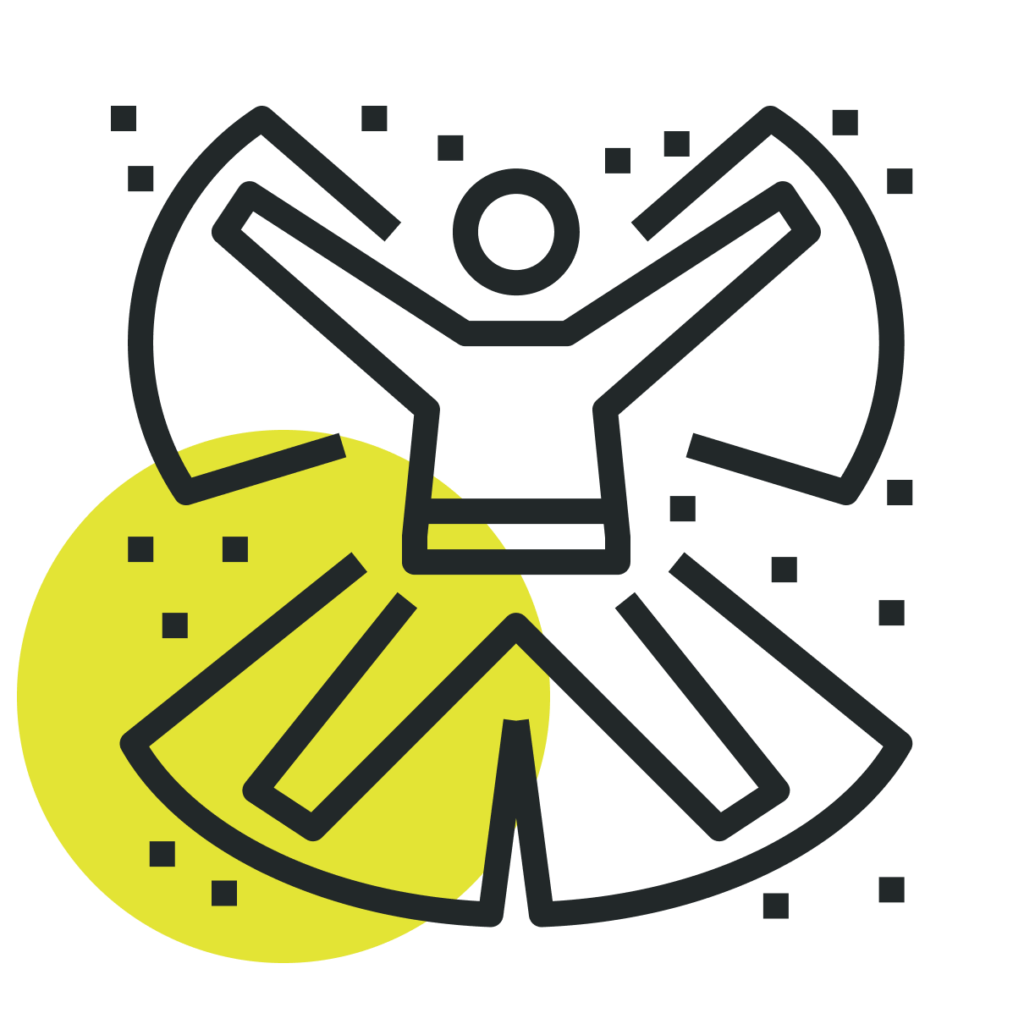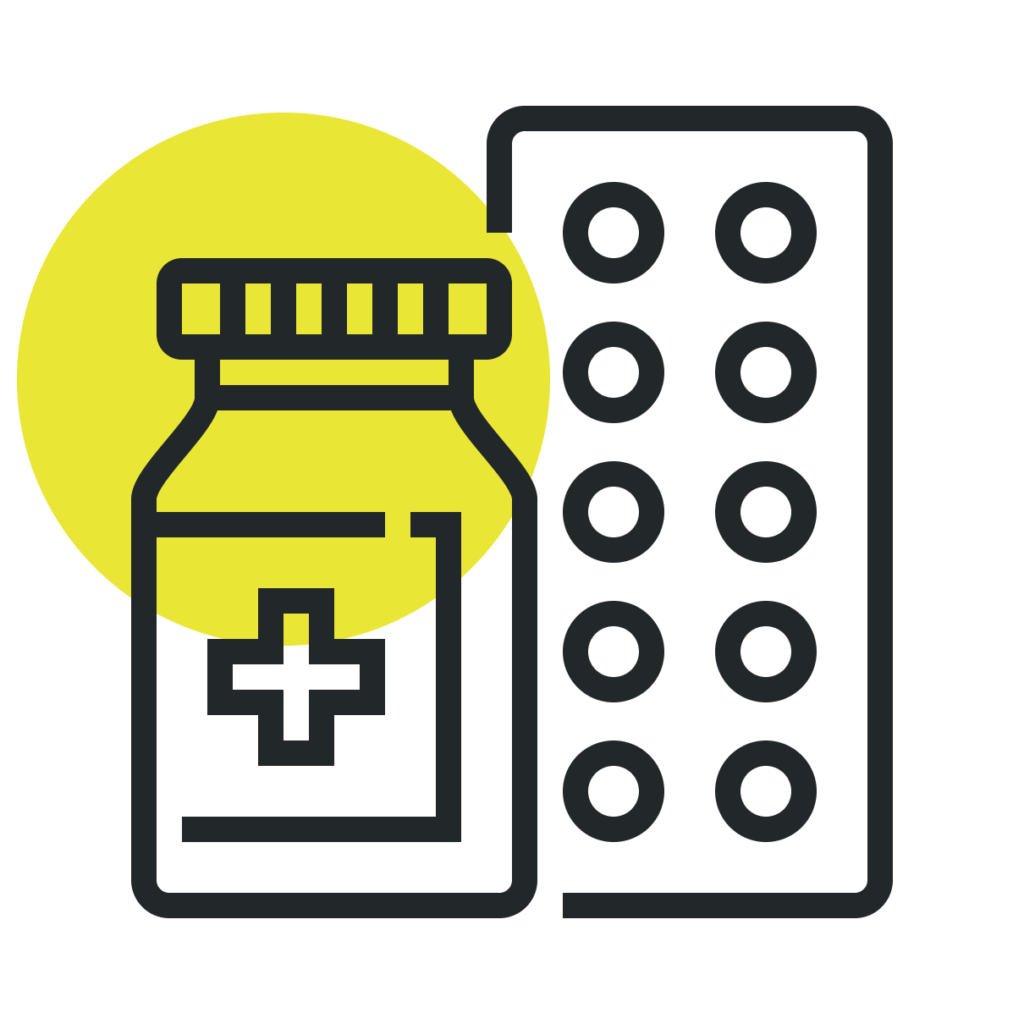Status Quo Bias has been a subject of interest in behavioral economics and psychology since the late 20th century. It was initially applied in the context of consumer behavior and investment decisions.
Early studies in these areas revealed that people were more likely to keep their money in the same bank accounts, continue with the same insurance policies, or hold onto the same stocks, even when there were financially better options available.
The bias was attributed to various factors, including the fear of making a wrong decision, the emotional comfort of sticking with the familiar, and the cognitive effort required to evaluate new options.
In team settings, the bias can manifest in resistance to new technologies or methodologies, leading to inefficiencies and missed opportunities.
Status Quo Bias can manifest itself in different ways across the software development lifecycle. UX designers may hesitate to experiment with new design paradigms, sticking to tried-and-true interactions even when data suggests a need for change. Product managers may shy away from taking calculated risks, opting instead to maintain existing features. Engineers may avoid migrating to newer, more efficient technologies due to the comfort and familiarity of legacy systems. On a broader scale, software teams may resist adopting more agile or efficient methodologies, clinging to traditional approaches despite their limitations.
🎯 Here are some key takeaways:
Challenge your comfort zones
Be proactive in exploring new ideas and perspectives, as Status Quo Bias can make you stick to familiar but potentially outdated concepts.
Stay updated on emerging technologies
Actively seek out and evaluate new technologies to avoid the trap of Status Quo Bias, which can result in using outdated tools and frameworks.
Use data to drive change
When proposing changes, arm yourself with data to overcome Status Quo Bias. Demonstrable benefits can help persuade teams to move away from established but less effective methods.
Balance the status quo with new opportunities
Objectively evaluate the pros and cons of maintaining the status quo versus pursuing new ways of doing things. It’s possible the status quo isn’t so bad after all.
Promote a mindset of continuous improvement
Promote a culture of continuous learning and improvement for the better. Encourage your team to find flaws with the current practices, and empower your team to improve them.
📚 Keep exploring
To dive deeper into the topic of attentional bias and its implications for decision-making, check out these resources:



